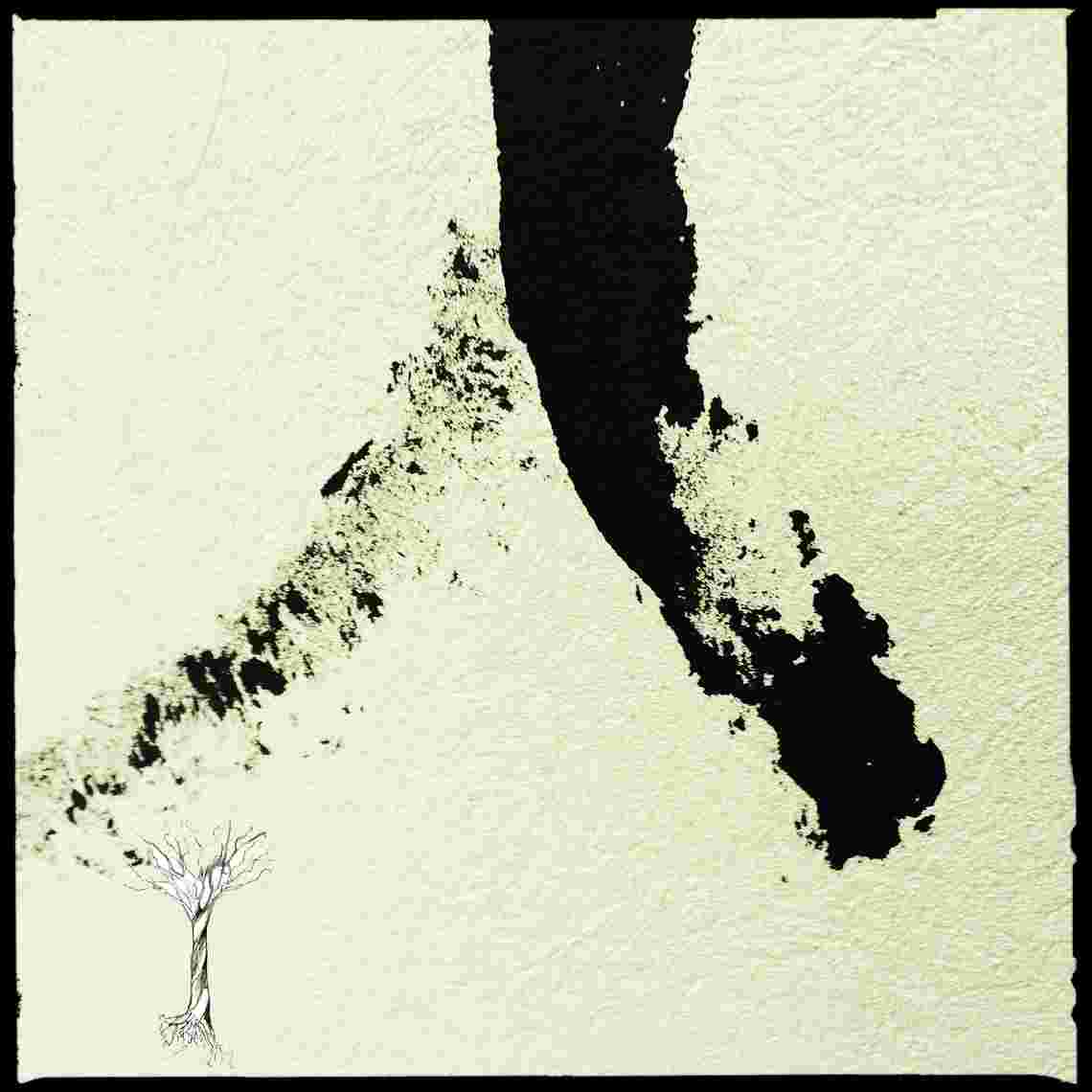Researchers today speak of a continuum of genes.

The boundaries between genes are shrinking. Communication between DNA, RNA and protein molecules is complicated and no doubt also based on a complex regulatory system of control circuits and feedback loops.
Researchers today speak of a continuum of genes. The chromosome as an entity is vanishing as genes are being seen more as a tightly woven network rather than as a strand where chromosomes disappear on closer inspection. The world of genetics is no longer seen in linear terms.